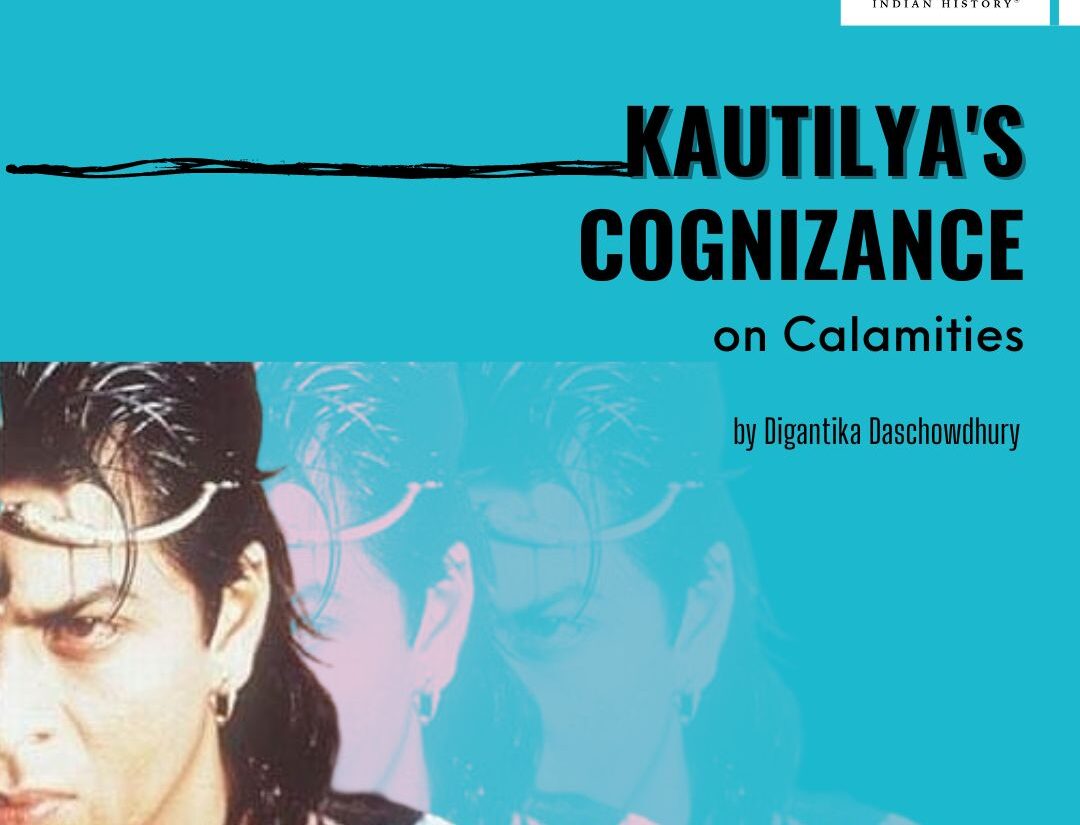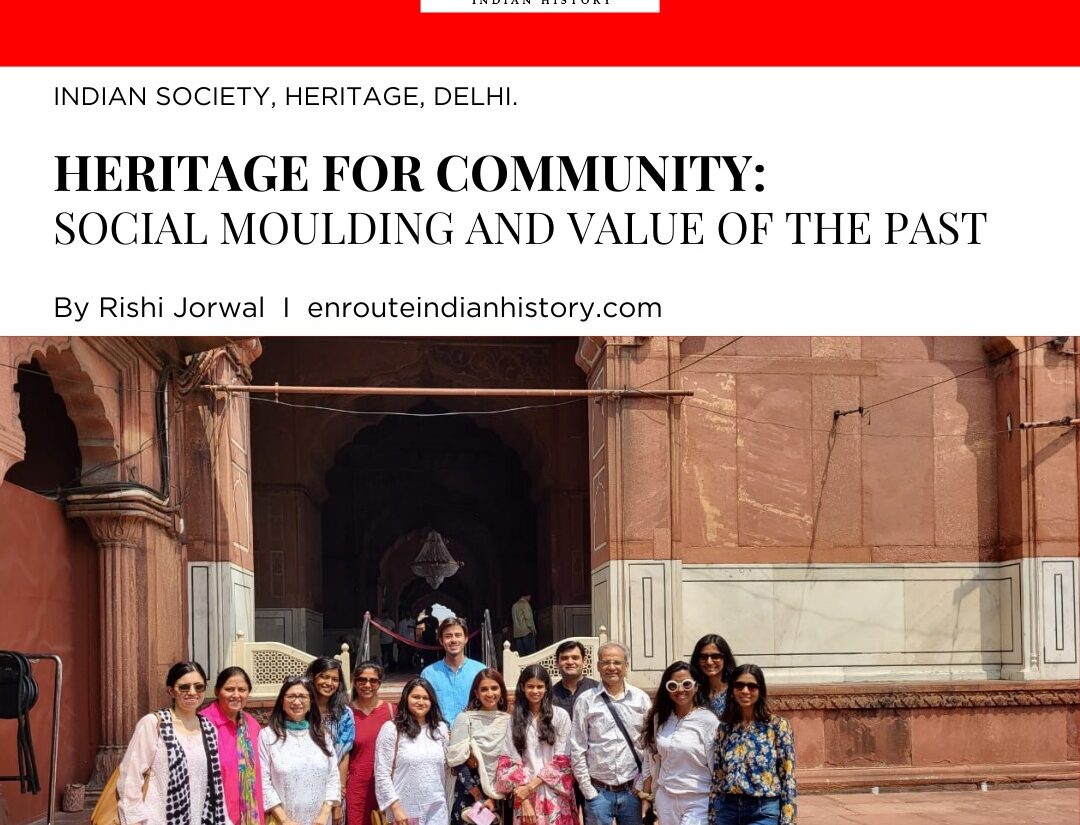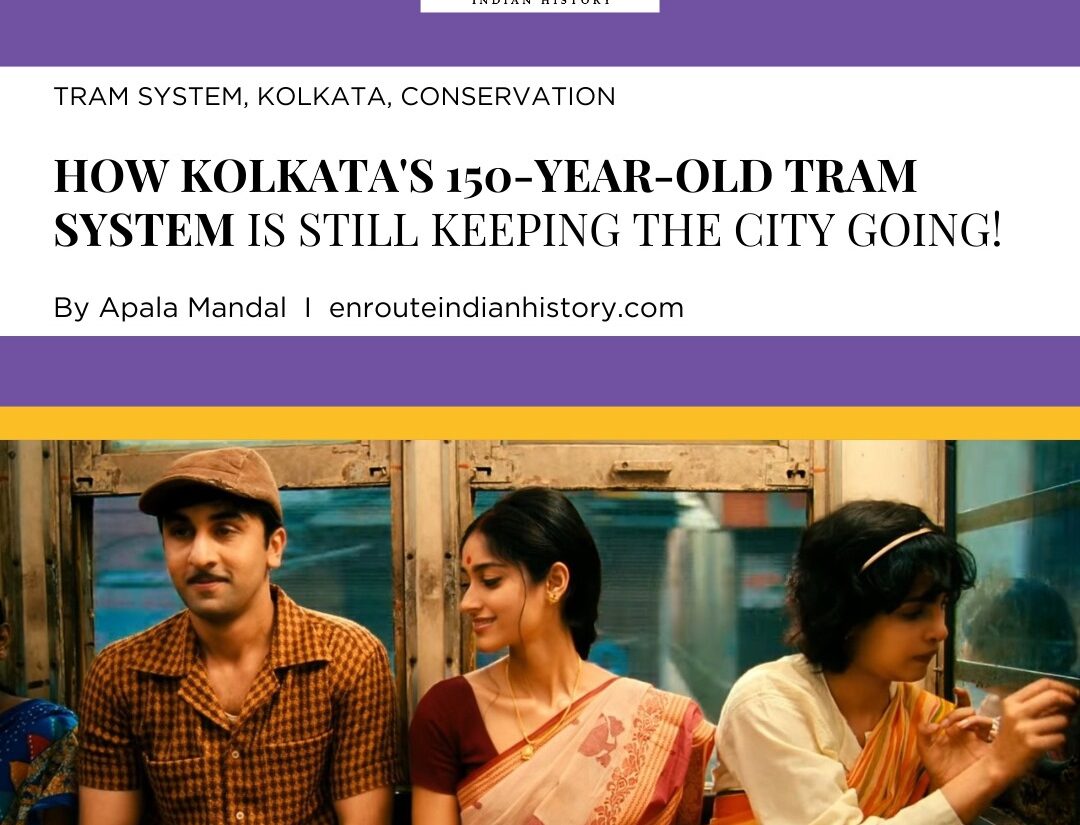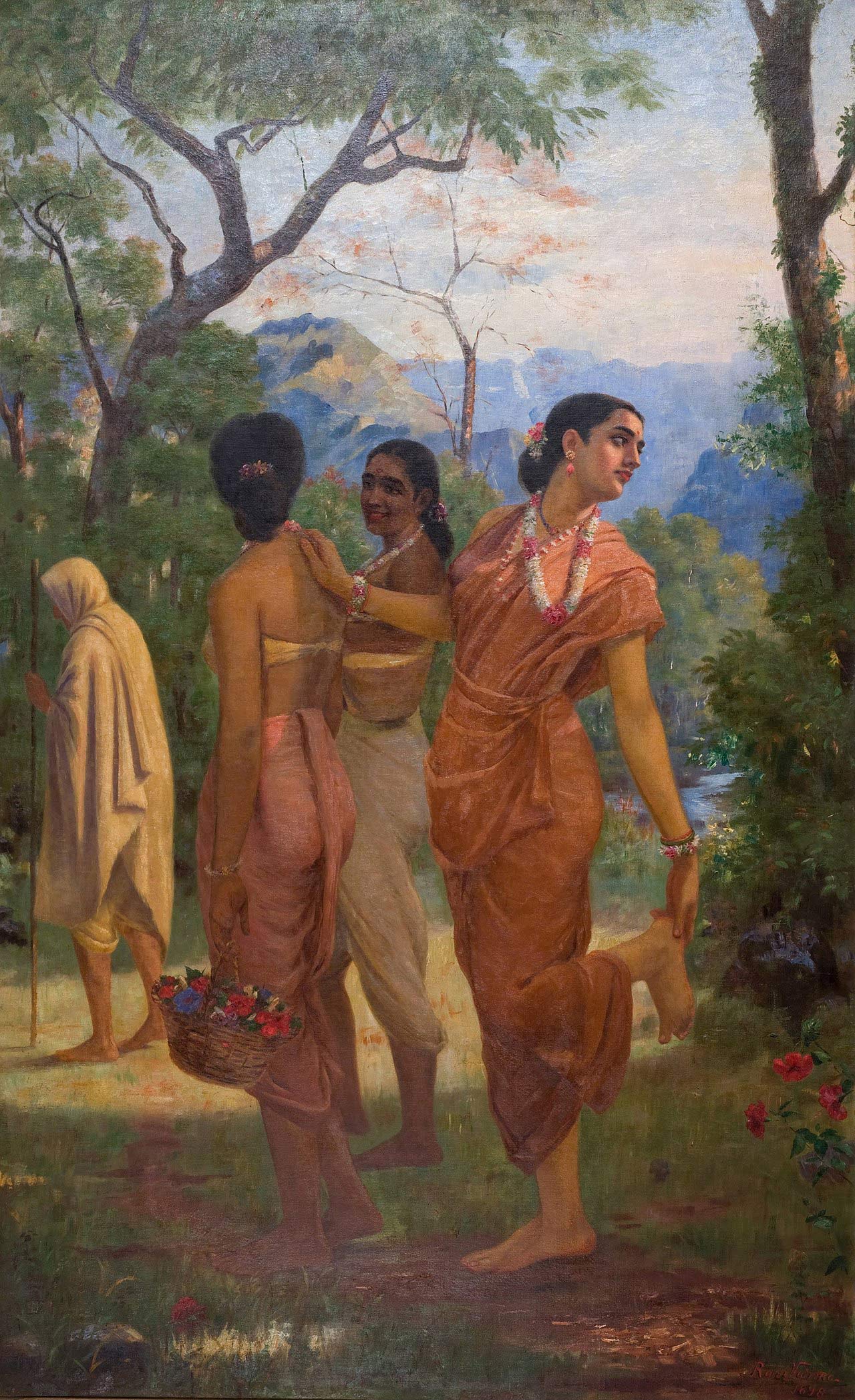Dance and the Bard:Tagore’s Experiments with Dance
- enrouteI
- July 6, 2023
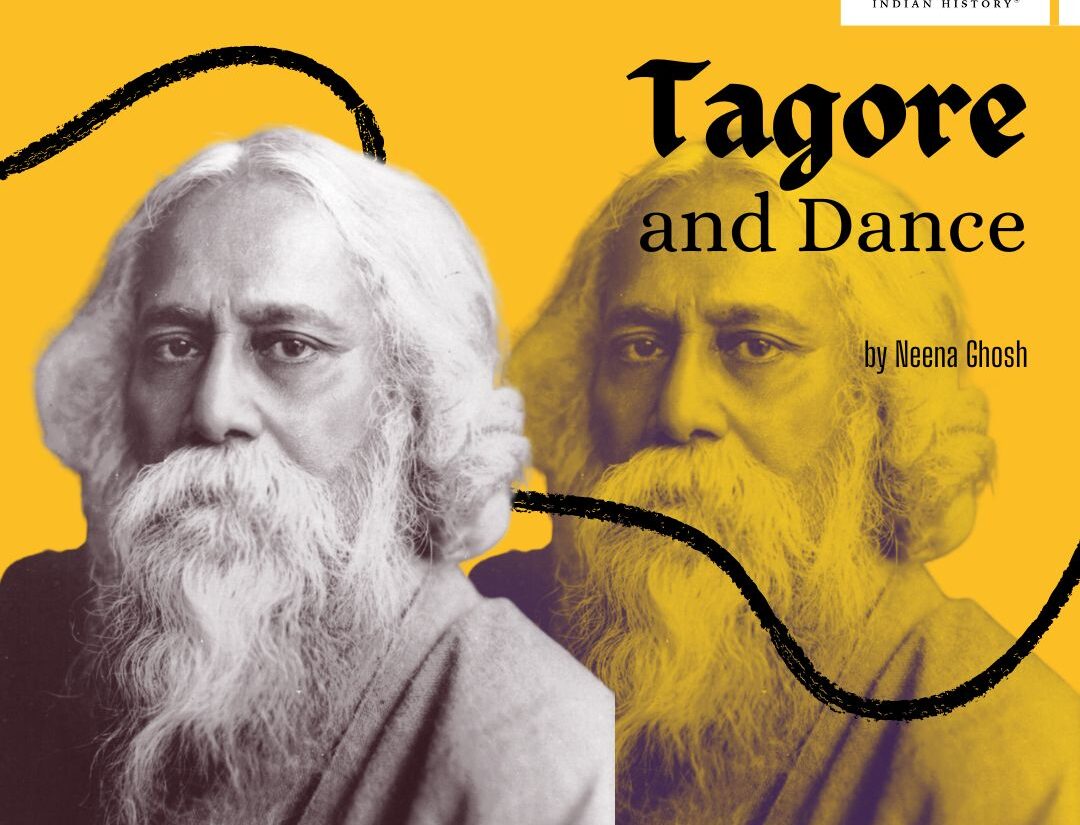
Mamo chitte niti nritye ke je naache
Taata thoi thoi, taata thoi thoi, taata thoi thoi,
Taari sange ki mridange sada baaje
Taata thoi thoi, taata thoi thoi, taata thoi thoi.
(I wonder who always dances in my heart
in throbbing tempo!
One, two, three, three, two, one
in unceasing legato.
With the dancing feet
joins percussion beat)
(The above song excerpt has been taken from a composition by Tagore himself)
Dance is that art form where the artist creates magic on the stage through their expressions, postures and gestures. Many believe that it was Rukmini Devi Arundale who through her dance school Kalakshetra, established in 1936 revived dance in India (particularly that of Bharatnatyam). However a lesser known fact is that even before Kalakshetra had been established dance was made a part of the curriculum at a new educational institution. The institution was Viswa Bharati and the person to do so was none other than Rabindranath Tagore. The experiment that was started in 1925, continues till date and reverberates in almost every house of Bengal today. In this article we would look at dance as envisioned by the Nobel laureate, how he wrote his dance dramas and also how he himself took up dancing in the later part of his life.
In her book titled, Jorasanko, Aruna Chakravarti writes of an incident after which Tagore himself declared that he would not be himself again. It was like poetry was flowing out from his hands. And a visual expression of this poetry was his idea of dance. He believed that while poetry was unilinear, dance had various dimensions. These dimensions were exhibited through his dance which was called Rabindranritya. The term Nritya in Sanskrit combined both dance and music and Rabrindranritya was certainly a manifestation of the same.
Tagore’s tryst with dance however had a history of its own and began even before the institution of his school at Shantiniketan. Immediately after returning from England, Tagore composed a song beckoning women to come and dance. The lyrics of the song were, “Aaye tobe shochori haathe haathe dhori dhori nachibi grihi grihi gahi tobe gaan………”( “Come my friends, let’s all hold hands and sing and dance.” ). Soon afterwards, the bard began his tryst with what was known as dance-dramas or nritya-natyas. The first instalment in this list was Valmiki-Pratibha (1881), followed by Kalmrigaya (1882), Chitrangada (1892), Shyama, Chandalika (1938). He himself participated in Valmiki-Pratibha along with his niece.
The dance that was performed was amalgamation of different styles. Although the base was primarily Manipuri (a style that influenced him when he visited Assam), there were also traces of Kathakali, Mohiniattam and also Kathak. As for Bharatnatyam, Rabindrantha initially had a distaste- however later on with the intervention of Rukmini Devi Arundale herself, the initial scepticism towards the dance vanished. The style therefore was incorporated within the fold of Rabindranritya. Like his music his dance style too had attributes from folk traditions such as Garbha, Baul, Jari etc. There were also influences of Ceylonese and Javanese dance forms within this nascent tradition. At the same time, Tagore also incorporated stalwarts from every style to perform the various dance styles. Thus in Shyama, Kathak dancer Asha Ojha played the character of Uttiya, and Bharatnatyam expert Mrinalini Sarabhai performed Bharatnatyam for the character of Vajrasena.
However one characteristic of Rabindranritya was the fluidity and flexibility of the art form, the mellowed expressions and the scarce amount of props, makeup and costumes. This was in tune with the poet’s personal belief. As scholar, Utpal K. Banerjee, holds, Tagore was driven more to spirit and mood than to the grammar of dance. The rigidity was done away with and so were the superficial traits. His dance dramas were therefore transcending the temporal and spiritual worlds. Amartya Sen, the economist who studied at Tagore’s Shantiniketan school thus rightly believes that Tagore’s dance can be understood only as a part of the larger canvas of freedom and creativity. He was questioning every kind of incarceration and negating them. In his Rabindranritya therefore there was gender fluidity and the ability to bring social change.
The dance styles were bringing in change and were also against foreign rule due to its essential indigenous character. However Tagore himself was not adept at dancing and depended largely on his family members such as Shrimati Tagore and Pratima Devi. His understanding of individualism and freedom were rendered deeper through the choreography of these women in his Tasher Desh (The Nation of Cards). The freewill of the person could also be seen when Mrinalini Sarabhai, an ace Bharatnatyam dancer noted that there was music, there was everything and one could dance as they wished. It was therefore the liberation of the soul that marked Tagore’s dance.
However it must also be declared that Tagore too succumbed to Victorian biases and the Brahmo beliefs. Thus he would incorporate only feminine and gender styles like Manipuri in his dance styles. Yet that does not take away from the greatness of the poet. Tagore legacy stays alive today in many parts of the world in general and in Bengal in particular. When young students today dance to “Phule phule dole dole……” (“Flowers sway to and fro; touch each other, blows light breeze.) or “Gahana kusum a kunj majhe, mridula kamal banshi baaje………..” (“In the densely flowering forest grove The flute sings softly of tender love……”), it seems that the bard has been successful with freeing the soul.
REFERENCES:
https://www.shanlaxjournals.in/wp-content/uploads/ash_v5n4_006.pdf
https://www.thehindu.com/books/tagores-dance-legacy-and-its-relevance/article2749999.ece#:~:text=The%20poet’s%20interest%20in%20dance,a%20unique%20style%20of%20dance.
https://www.thedailystar.net/arts-entertainment/tagores-gift-nritya-1443127
https://narthaki.com/info/quotes2.html
https://www.geetabitan.com/lyrics/rs-p/phule-phule-dhole-dhole-english-translation.html
- April 18, 2024
- 5 Min Read
- April 18, 2024
- 7 Min Read


